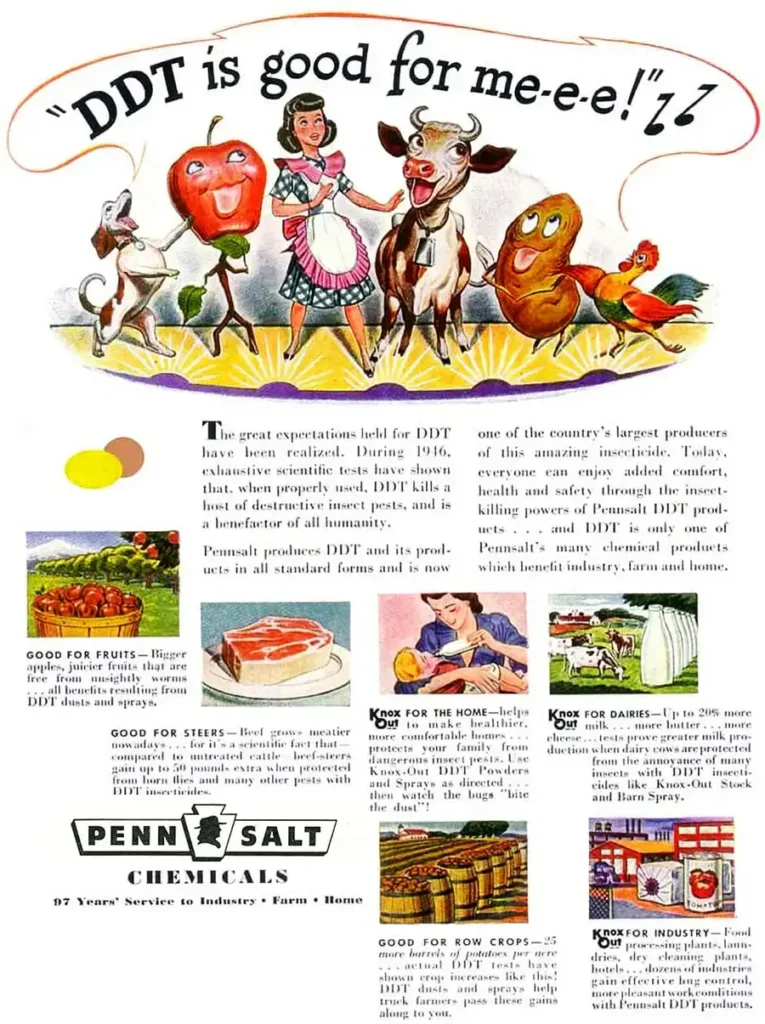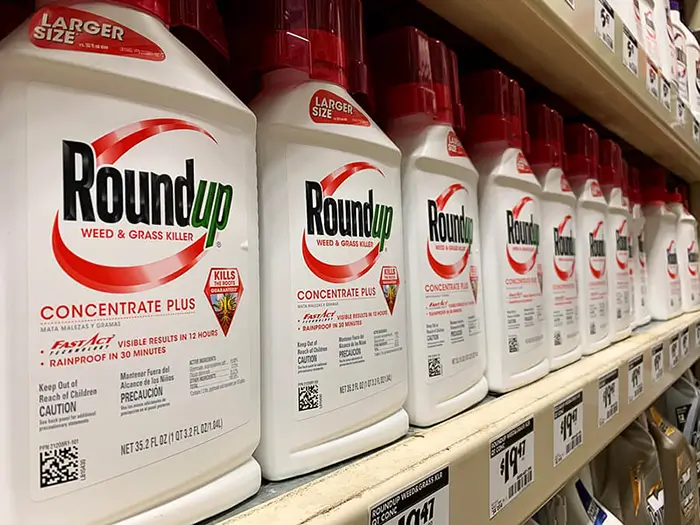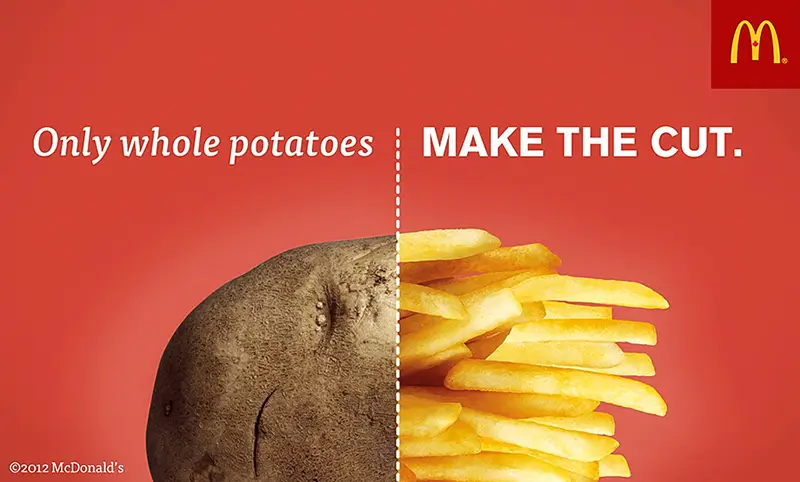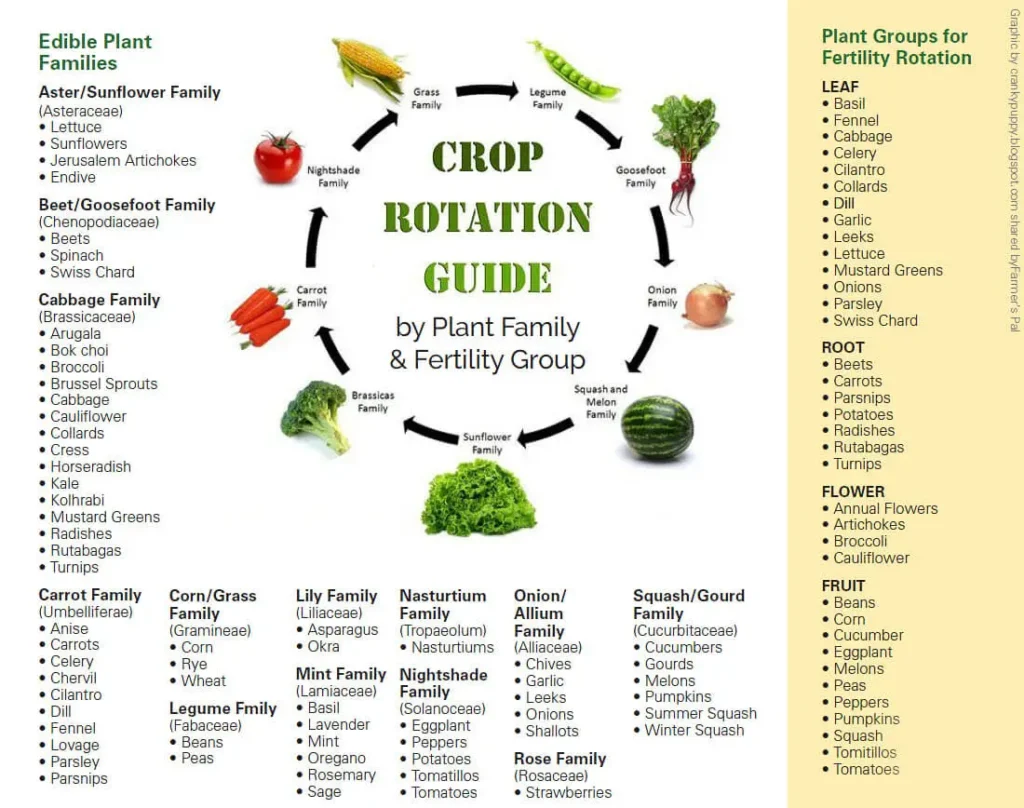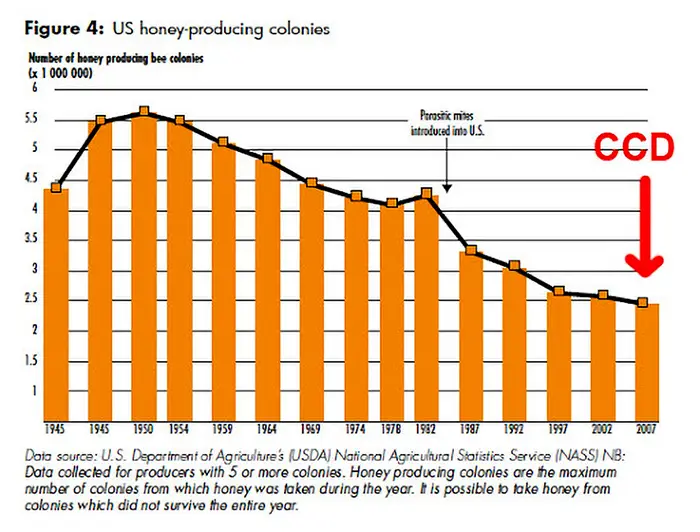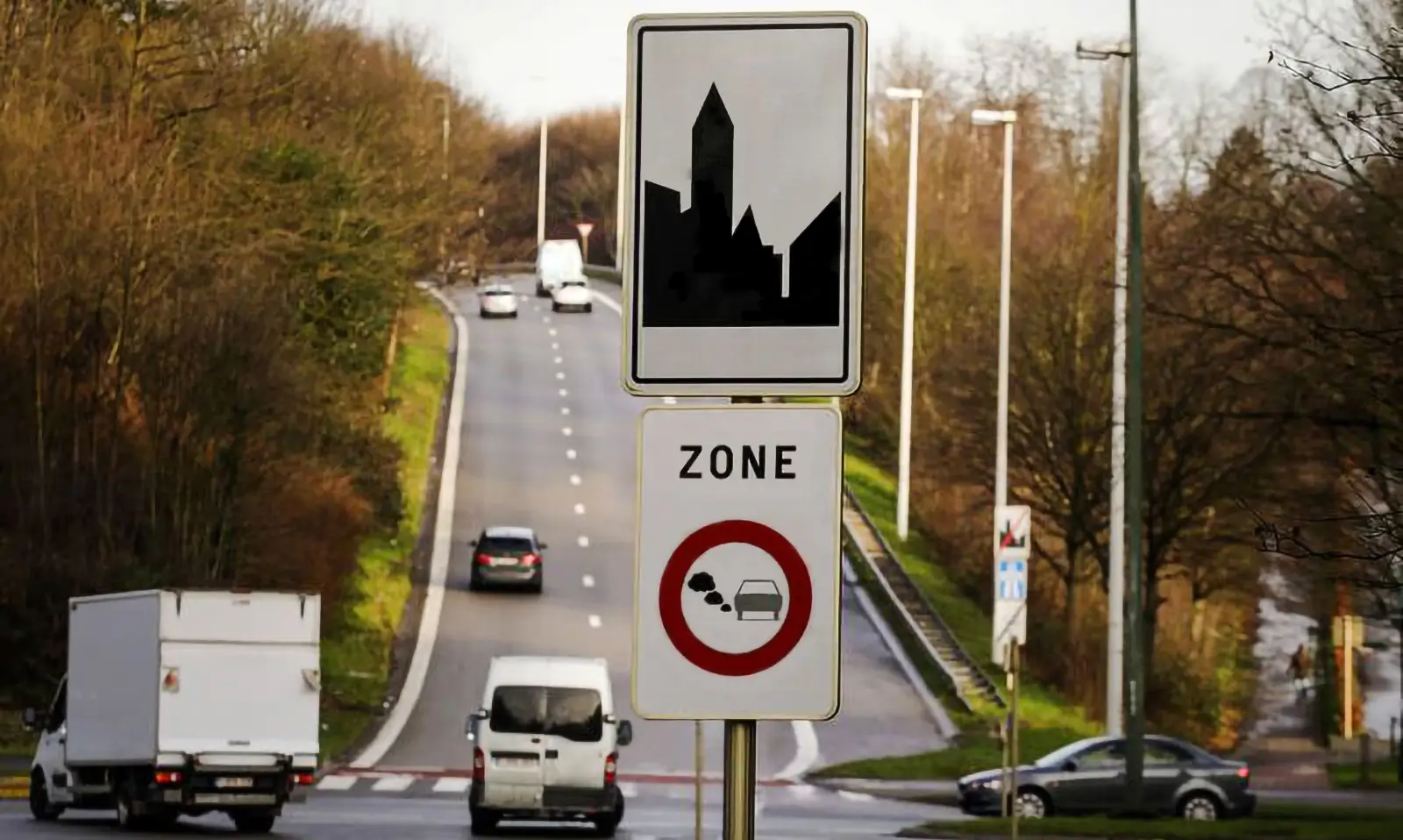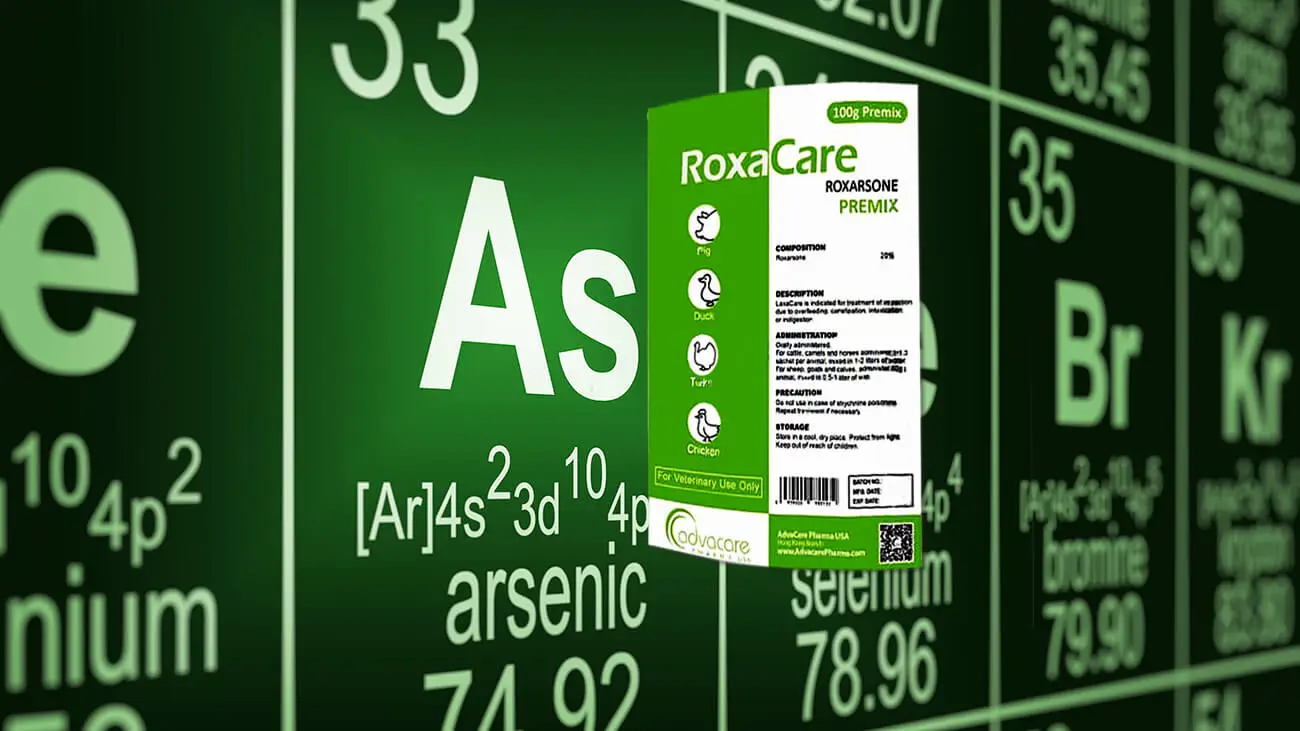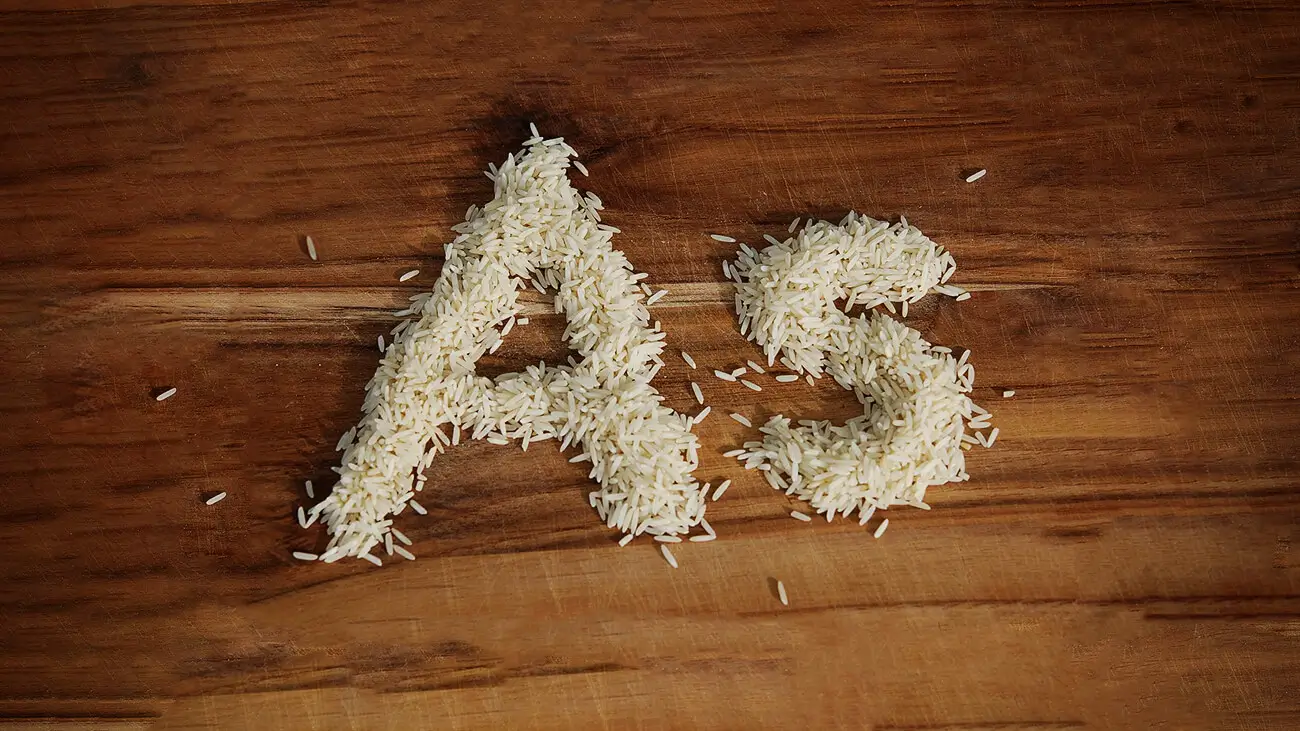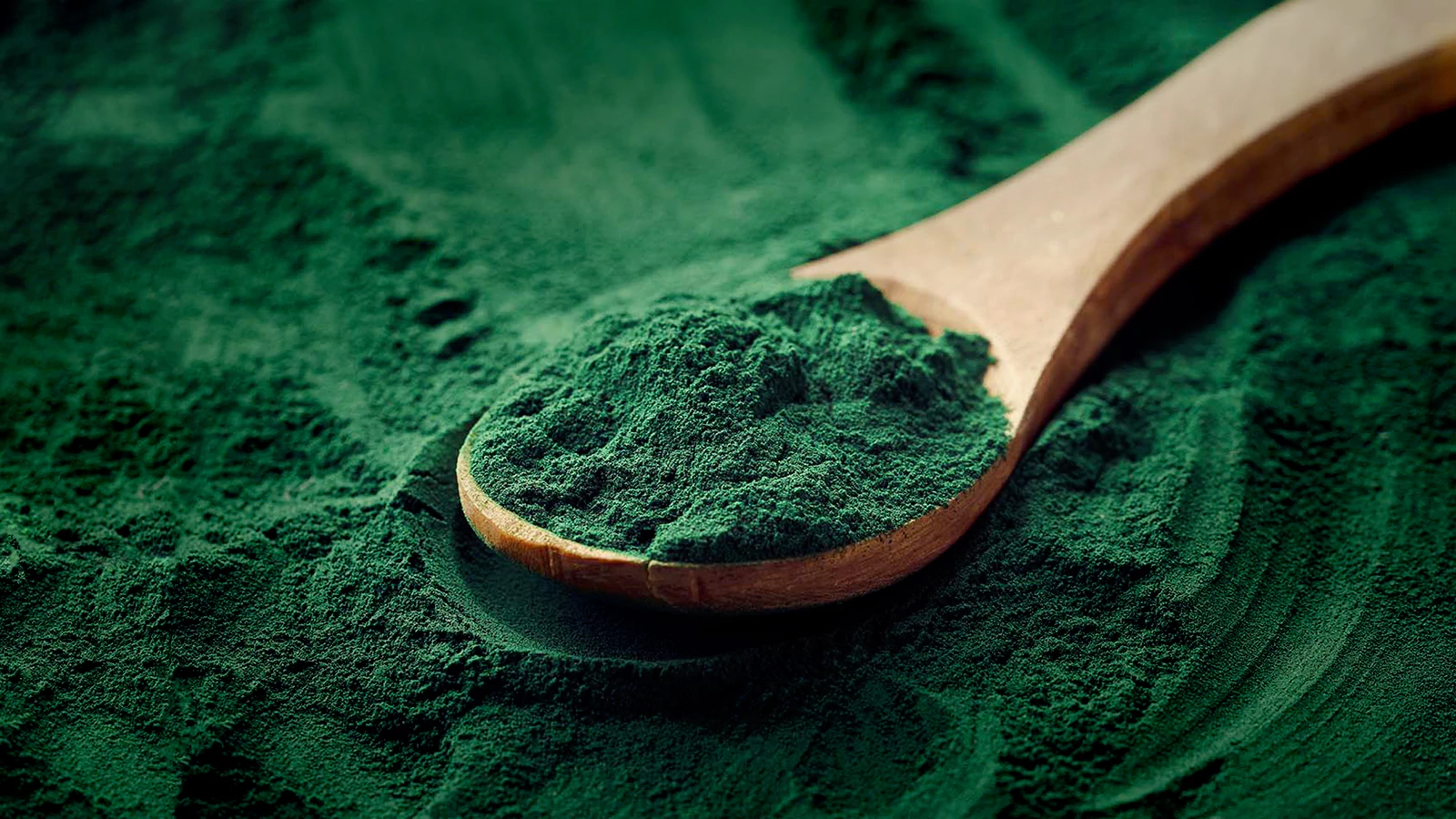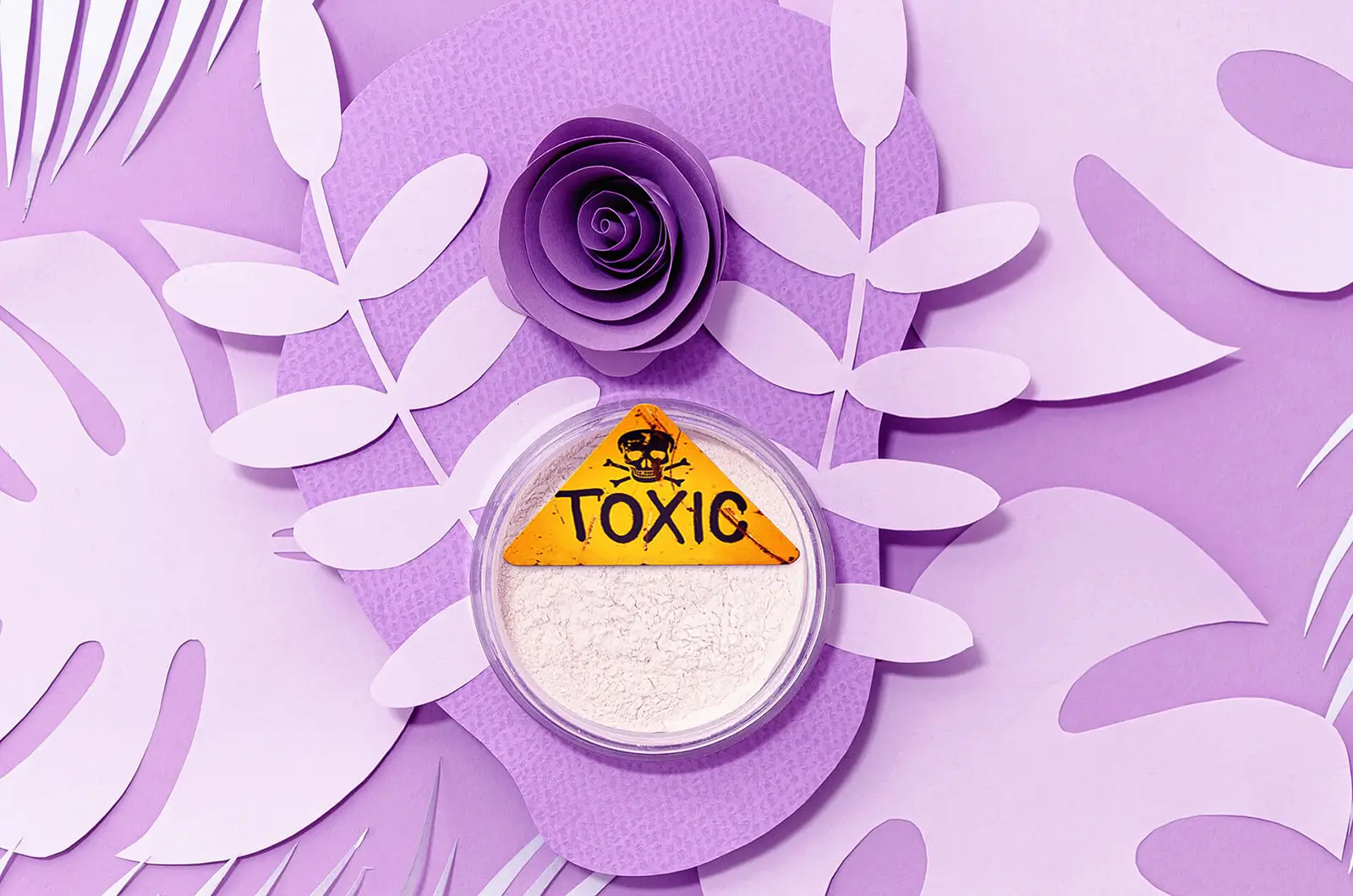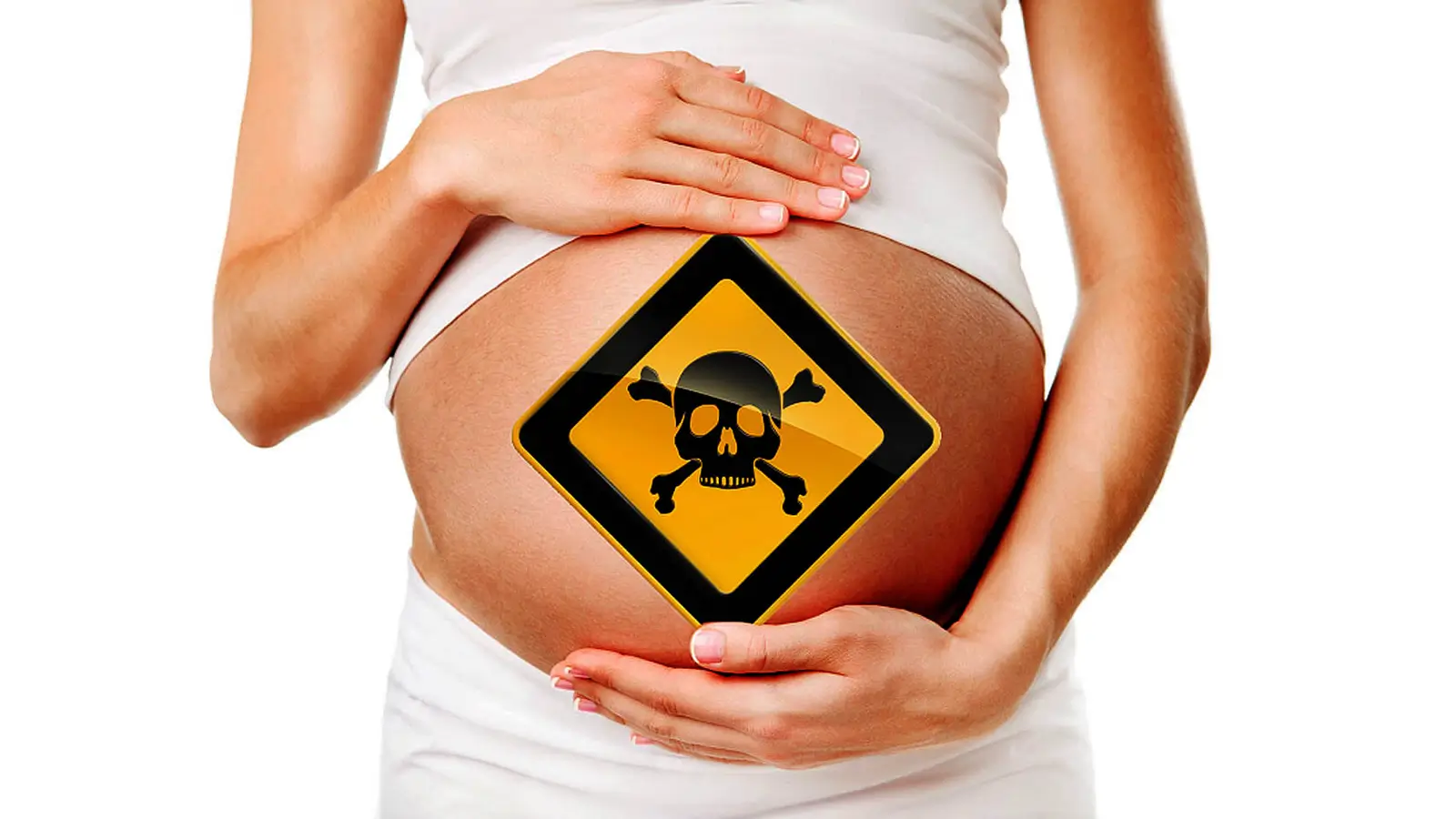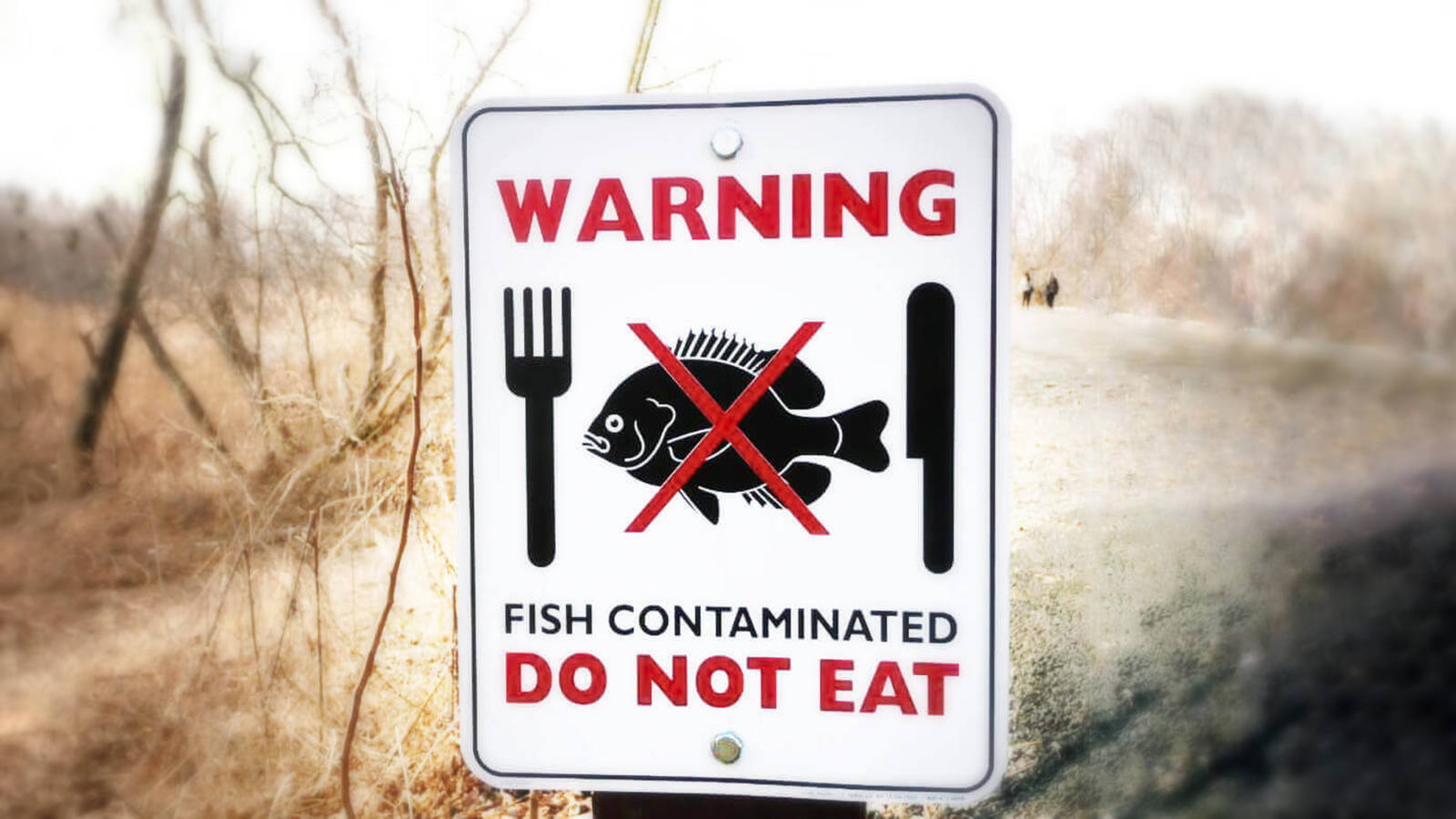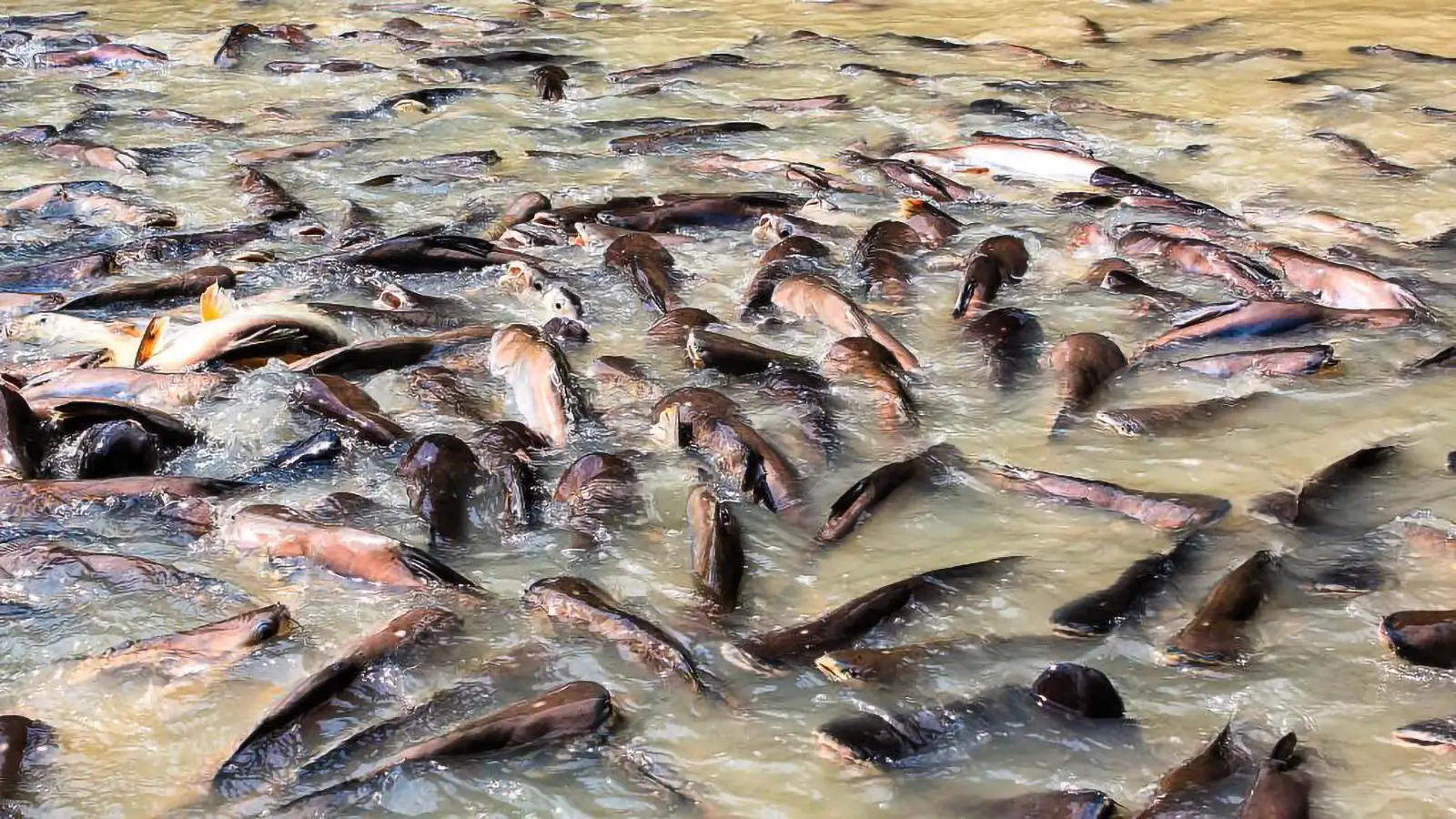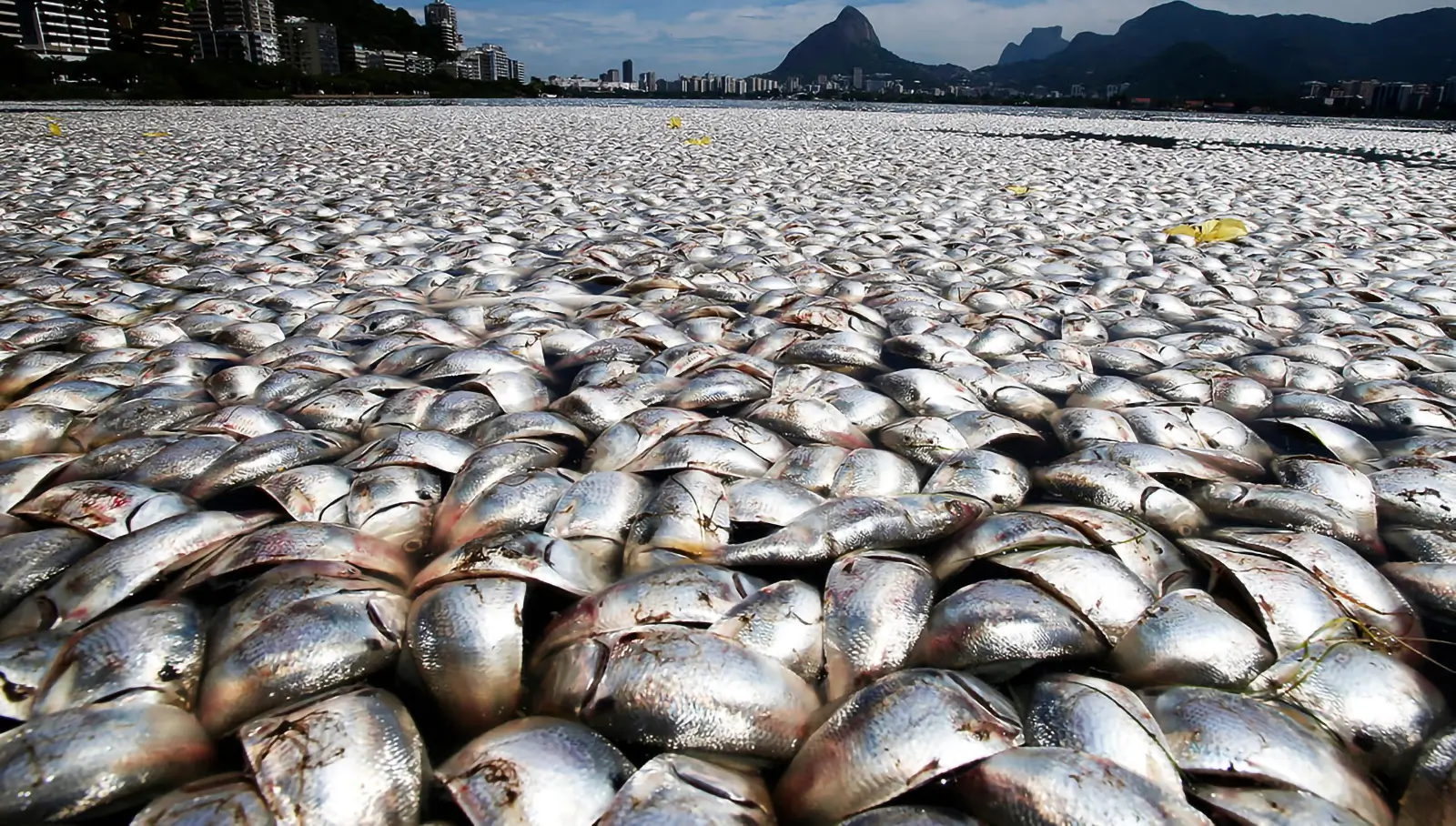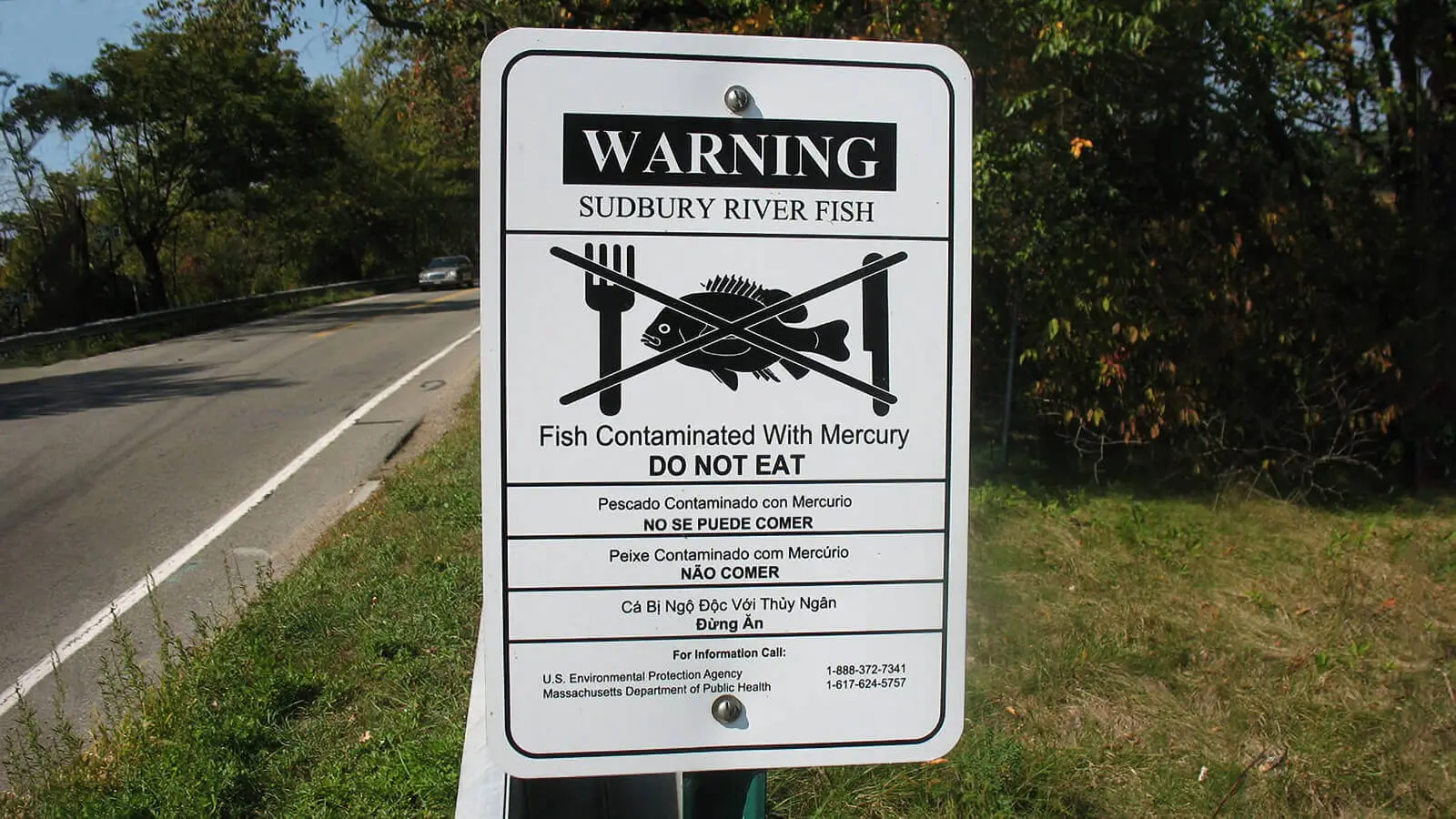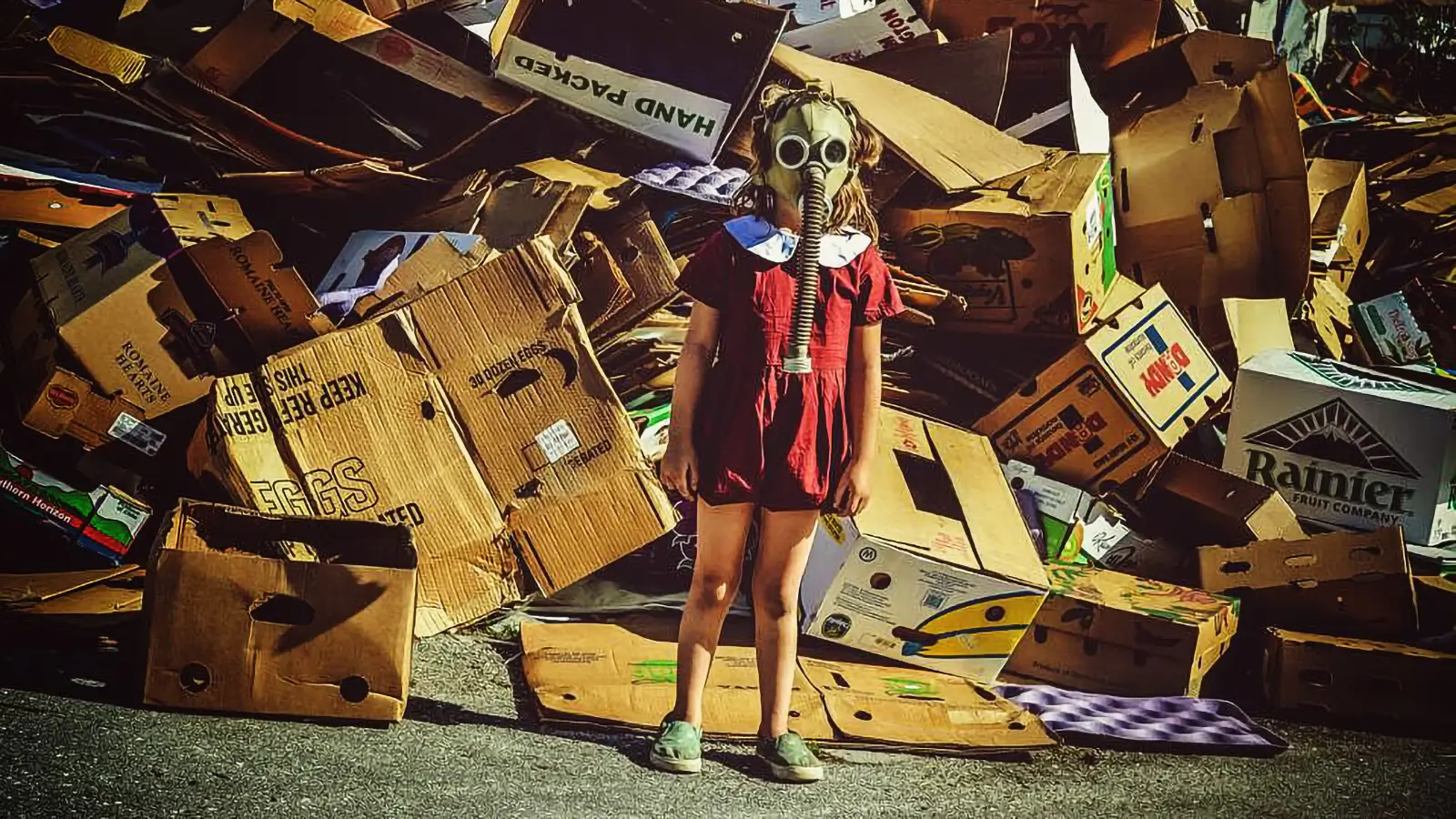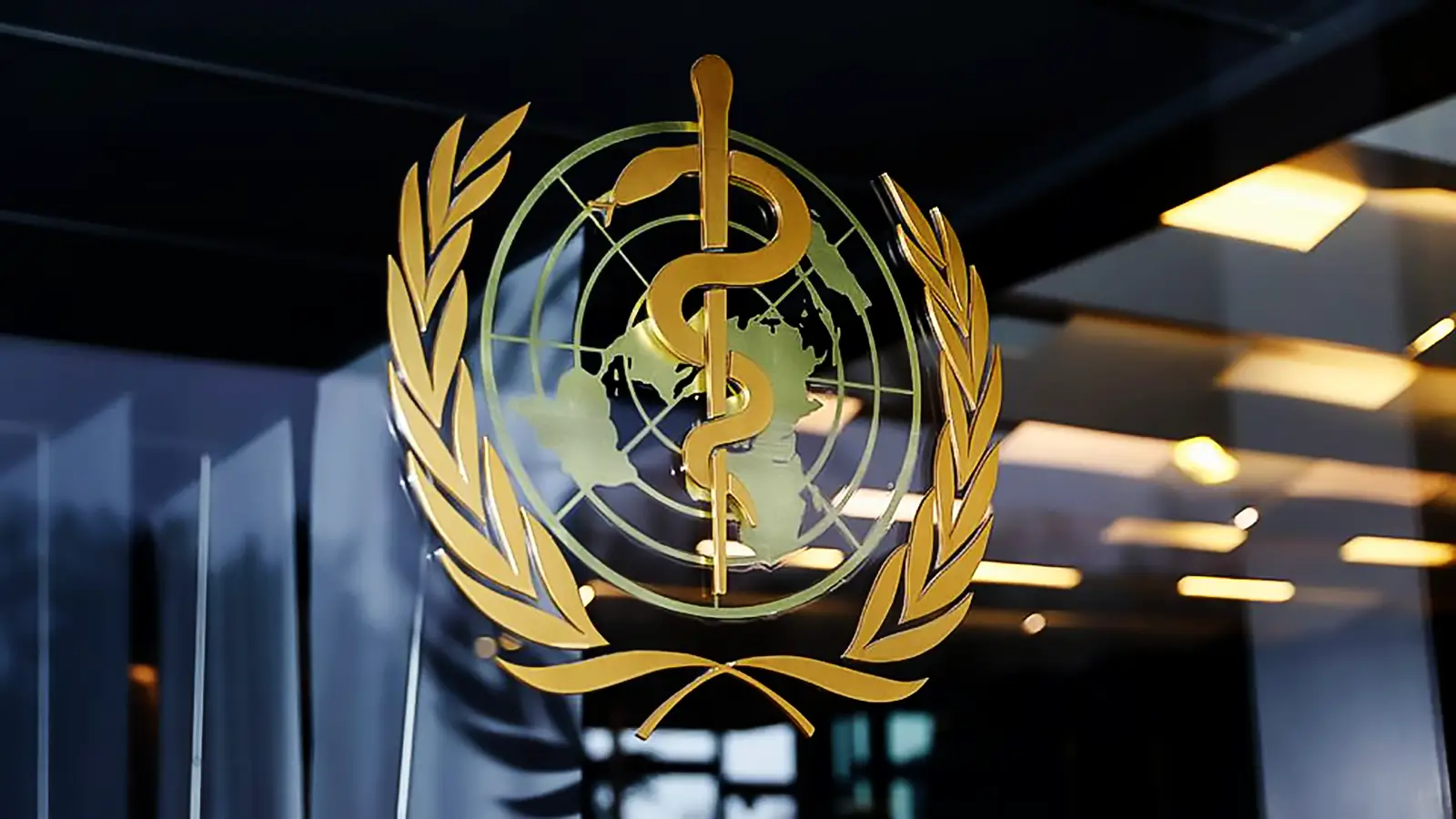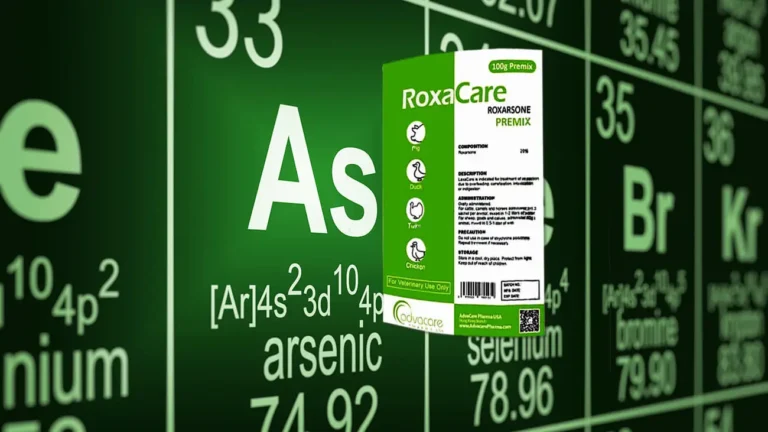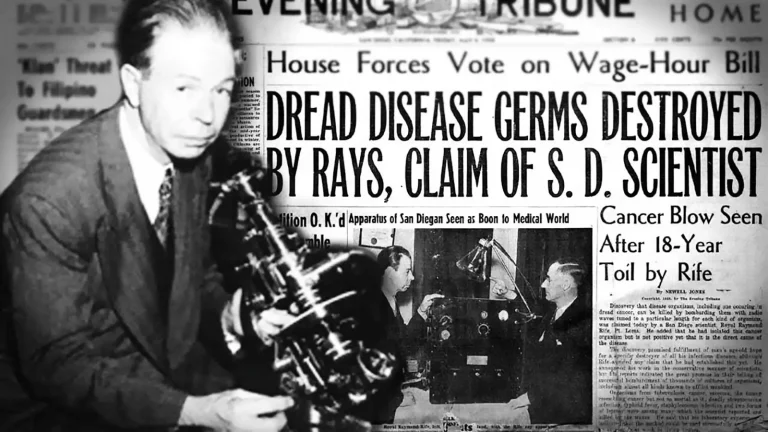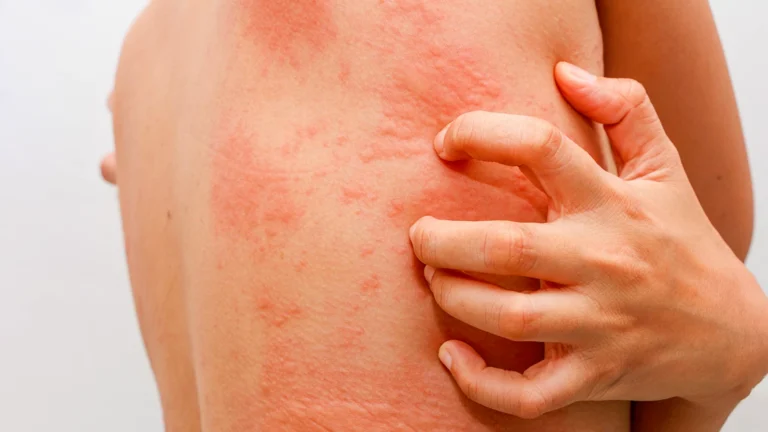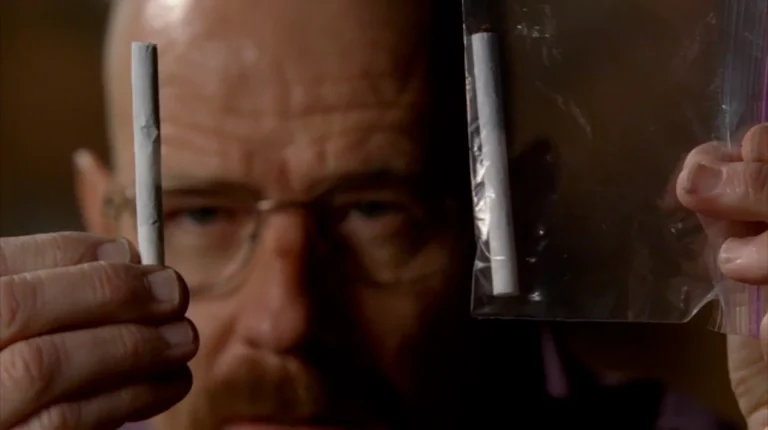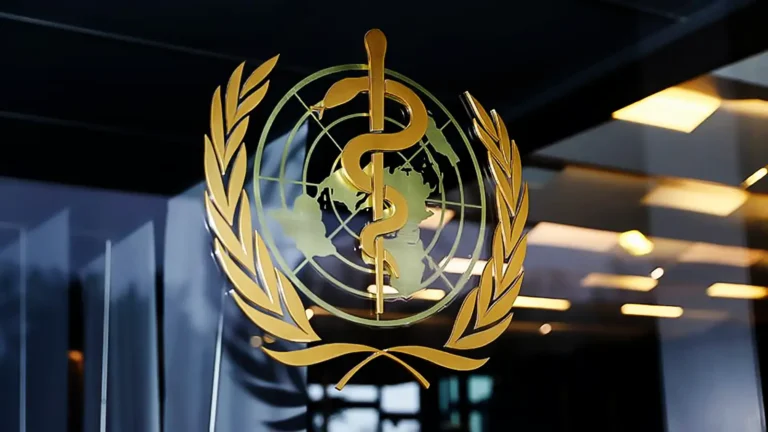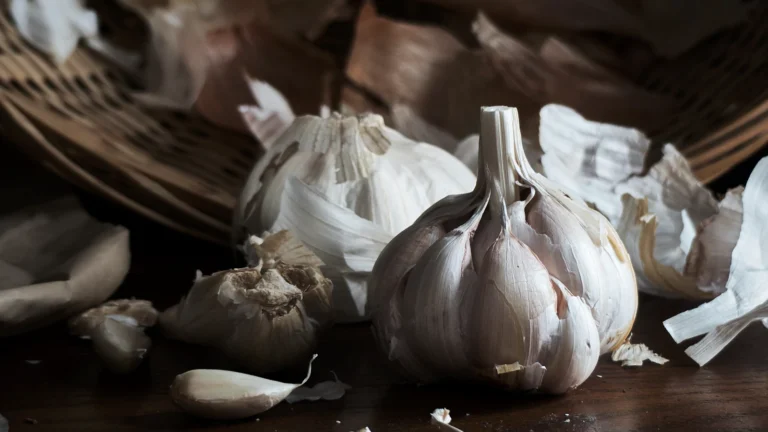Pesticides, GMO’s, and toxic overload.
Exposure to pesticides directly causes cancer, birth defects, sterility and infertility, damage to the brain and nervous system, liver, kidneys, and other organs.
Milos Pokimica
Written By: Milos Pokimica
Medically Reviewed by: Dr. Xiùying Wáng, M.D.
Updated June 9, 2023All pesticides are similar. Some are more toxic some less but all of them are toxic. There is not one single pesticide today that is health-promoting. DDT for example is now a banned substance in many parts of the world, but it was not so once upon a time. The government used to endorse the product, and the chemical industry pushed it aggressively. It remained massively supported for an extended period by the government and industry. A type of miracle substance. The diabolical weapon of modern science kills billions of insects and saves millions of humans. The final solution to malaria and other insect-carrying diseases.
Pesticides are neurotoxins for insects but not for humans. DDT in insects opens sodium ion channels in neurons, causing them to fire spontaneously, which leads to spasms and eventual death. All the bug needs to do is to walk over the treated surface. In the scientist’s mind, it was just a neurotoxin for insects. They could not consider the likelihood that it might do other stuff in the long run. A big chunk of pesticides used today is much worse than DDT.
One more reason DDT was banned is that for 30 years it was overused and insects became resistant to it. It happens in an environment when a poison is introduced.
Some bugs survive and multiply. The genetic characteristics of survivors will be more adapted against the same kind of pesticides. The pesticide used for the first time will have the most significant impact and will do more harm. However, some insects that survive will carry their genes forward. With time, forthcoming generations will be capable of withstanding its effects more and eventually becoming tolerant. Like mosquitos in South Africa. The longer time a chemical is used, the more resistant insects became. It is the same story as antibiotic-resistant strains of bacteria. When this happens, the more effective and more potent, and toxic poisons have to be used by farmers. That will repeat the cycle. New compounds are usually more expensive, so the economic cost will become higher and are also increasingly toxic. That generates a higher level of pollution and thus deteriorates the overall balance of the ecosystem even more. The high rate of reproduction of insects means that in a couple of decades they can become tolerant but what about you?
Pesticides will run off into groundwaters and streams and rivers. That will affect the biology of many species of fish, birds, mammals, and other animals in a food chain eventually ending up in your body as well.
GMO organisms are primarily created because of this so that pesticides like Roundup can be used in high dosages to kill all of these new resistant and nasty insects. We have reached the point where we have to alter genes artificially to keep pace with natural evolution.
One good example is McDonald’s French fries. In every McDonald’s restaurant in the world, the fries are made from the same potato named Russet Burbank.
This is a potato from America that’s unusually long, and it is also very difficult to grow. It has to be very long because we like those red boxes with a little bouquet of very long fries visually. So McDonald insists that all potatoes be Russet Burbank. They also insist that all chips be clear without blemishes. There is one common defect of Russet Burbank called net necrosis. Because we like fries to be clean without brown spots on them, McDonald’s won’t buy potatoes from farmers who had them. The only way to eliminate the blemishes is to eliminate the aphids. The only pesticide that can kill them is called Monitor. It is so toxic that farmers who grow these potatoes have to spray the pesticides and would not go back to the fields for five days after the spraying. They have to wait for pesticides to wash off before they can go back. When they harvest the potatoes, they have to put them in atmosphere-controlled sheds. In some cases, the size of sheds can rival football stadiums. The reason they are put into sheds in the first place is that they are not edible for six weeks. The potato has to off-gas all the chemicals in them.
In organic farming, crop rotation is useful for addressing many problems of the over usage of pesticides. Monoculture excessively depletes the soil of certain nutrients. The rotation has the purpose of rebuilding the soil. One crop that leaches the soil of one kind of nutrient is then in the next growing season replaced by another crop that doesn’t leach that specific nutrient but draws a different ratio of nutrients. In some cases, if done correctly crop rotation can even return that nutrient to the ground. Rotation in time will build biomass and fertility and structure of the soil from various root structures.
When one species is grown continuously, year after year, it will in time build up the number of pests, and by rotation, the buildup of pathogens and pests will be mitigated. However, as the human population has grown, monoculture with synthetic fertilizers is the only economically effective way to produce all of the crops we need. It is also left crops to be vulnerable to extensive attacks by pests. Today we annually use more than 5 billion pounds of pesticides across the Earth. All of those chemicals eventually end up in the soil and ocean. On top of that, these chemicals have altered the genetics of many species creating superbugs. Colorado potato beetle, for example, is resistant to more than 50 insecticides. Other bugs get caught in the crossfire.
For example, since the late 1990s, there is an unexplained and sudden reduction in the number of bees. On a global scale, there are unusually high rates of decline in honeybee colonies.
More than one-third of world crop production depends on bee pollination. The loss of biodiversity can explain it. Due to monocultures that bees cannot use for food and the widespread use of pesticides, some of them can kill them directly or indirectly, the situation is now terrible. Bees dying reflects the dysfunctional balance in nature with a dysfunctional food system and flowerless landscape. In some sections of the world, there are no bees at all. In such places, people are paid to do pollination by hand. In the US, bees have been in decline since World War 2. There were around 4.5 million beehives before the war and now the number is around 2 million hives. Food deserts are large-scale monocultures that do not provide any food to insects including bees. The farms that use to support the life of bees are now food deserts dominated by one or two species like corn or soy with no flowering plants that bees need for survival. For example, the scale of the almond monoculture is such that today 1.5 million hives or almost all of the hives in existence in the US are needed to do successful pollination. Hives are required to be transported across the US to pollinate just this one crop. They are trucked in semi loads, and after bloom almonds are flowerless landscapes with no food for bees, so they are needed to be transported to some other place to do pollination. The problem is that food production that requires bee pollination is rising annually. And then pesticides are necessary because monocultures are a feast for the pest that feeds on them. In pollen that bees collect there are at least six types of insecticides. There is one insecticide that is especially toxic for bees called neonicotinoid.
Pesticides had improved over time and become stronger and more targeted, but still, they are not natural and still pollute soil, water, wildlife, and our health too.
Exposure to these substances directly causes cancer and other tumors, leukemia, lymphoma, birth defects, infertility, other reproductive problems, stillbirth, spontaneous abortion, sterility and infertility, brain and nervous system damage, and damage to the liver, kidneys, lungs, and other body organs.
Without them, food prices will skyrocket, and a big chunk of the human population will die from starvation or mosquito-borne diseases.
References:
Passages selected from a book: Pokimica, Milos. Go Vegan? Review of Science Part 1. Kindle ed., Amazon, 2018.
Related Posts
Do you have any questions about nutrition and health?
I would love to hear from you and answer them in my next post. I appreciate your input and opinion and I look forward to hearing from you soon. I also invite you to follow us on Facebook, Instagram, and Pinterest for more diet, nutrition, and health content. You can leave a comment there and connect with other health enthusiasts, share your tips and experiences, and get support and encouragement from our team and community.
I hope that this post was informative and enjoyable for you and that you are prepared to apply the insights you learned. If you found this post helpful, please share it with your friends and family who might also benefit from it. You never know who might need some guidance and support on their health journey.
– You Might Also Like –

Learn About Nutrition
Milos Pokimica is a doctor of natural medicine, clinical nutritionist, medical health and nutrition writer, and nutritional science advisor. Author of the book series Go Vegan? Review of Science, he also operates the natural health website GoVeganWay.com
Medical Disclaimer
GoVeganWay.com brings you reviews of the latest nutrition and health-related research. The information provided represents the personal opinion of the author and is not intended nor implied to be a substitute for professional medical advice, diagnosis, or treatment. The information provided is for informational purposes only and is not intended to serve as a substitute for the consultation, diagnosis, and/or medical treatment of a qualified physician or healthcare provider.NEVER DISREGARD PROFESSIONAL MEDICAL ADVICE OR DELAY SEEKING MEDICAL TREATMENT BECAUSE OF SOMETHING YOU HAVE READ ON OR ACCESSED THROUGH GoVeganWay.com
NEVER APPLY ANY LIFESTYLE CHANGES OR ANY CHANGES AT ALL AS A CONSEQUENCE OF SOMETHING YOU HAVE READ IN GoVeganWay.com BEFORE CONSULTING LICENCED MEDICAL PRACTITIONER.
In the event of a medical emergency, call a doctor or 911 immediately. GoVeganWay.com does not recommend or endorse any specific groups, organizations, tests, physicians, products, procedures, opinions, or other information that may be mentioned inside.
Editor Picks –
Milos Pokimica is a doctor of natural medicine, clinical nutritionist, medical health and nutrition writer, and nutritional science advisor. Author of the book series Go Vegan? Review of Science, he also operates the natural health website GoVeganWay.com
Latest Articles –
Plant Based News
-
This High-Protein Vegan Kimchi Jjigae Might Be The Best Yet
on July 8, 2025
-
16 Vegan Trader Joe’s Meals You Need To Know
on July 7, 2025
-
Odeon Cinemas Just Added A Moving Mountains Vegan Hot Dog To The Menu
on July 7, 2025
-
5 Practical Travel Tips From A Vegan Explorer
on July 7, 2025
-
Jamie Oliver Highlights ‘Important Connection’ Between Tofu And Longevity
on July 6, 2025
-
This Vegan Mung Bean Scramble Looks and Tastes Just Like Eggs
on July 6, 2025
-
Vegan Black Rice And Peas
on July 6, 2025
Top Health News — ScienceDaily
- Study finds tummy-tuck patients still shedding pounds five years lateron July 7, 2025
Patients who undergo tummy tuck surgery may be in for more than just cosmetic changes — a new study shows they often keep losing weight for years after the procedure. Researchers followed 188 patients and found consistent weight reduction up to five years later, especially in those with higher initial BMIs. Interestingly, lifestyle improvements, such as better diet and exercise habits, may play a key role in this surprising long-term effect. This could mean tummy tucks aren’t just sculpting […]
- Feeling mental exhaustion? These two areas of the brain may control whether people give up or persevereon July 7, 2025
When you’re mentally exhausted, your brain might be doing more behind the scenes than you think. In a new study using functional MRI, researchers uncovered two key brain regions that activate when people feel cognitively fatigued—regions that appear to weigh the cost of continuing mental effort versus giving up. Surprisingly, participants needed high financial incentives to push through challenging memory tasks, hinting that motivation can override mental fatigue. These insights may pave the […]
- New research shows Monday stress is etched into your biologyon July 7, 2025
Feeling jittery as the week kicks off isn’t just a mood—it leaves a biochemical footprint. Researchers tracked thousands of older adults and found those who dread Mondays carry elevated cortisol in their hair for months, a stress echo that may help explain the well-known Monday heart-attack spike. Even retirees aren’t spared, hinting that society’s calendar, not the workplace alone, wires Monday anxiety deep into the HPA axis and, ultimately, cardiovascular risk.
- Cough medicine turned brain protector? Ambroxol may slow Parkinson’s dementiaon July 6, 2025
Ambroxol, long used for coughs in Europe, stabilized symptoms and brain-damage markers in Parkinson’s dementia patients over 12 months, whereas placebo patients worsened. Those with high-risk genes even saw cognitive gains, hinting at real disease-modifying power.
- Multisensory VR forest reboots your brain and lifts mood—study confirmson July 6, 2025
Immersing stressed volunteers in a 360° virtual Douglas-fir forest complete with sights, sounds and scents boosted their mood, sharpened short-term memory and deepened their feeling of nature-connectedness—especially when all three senses were engaged. Researchers suggest such multisensory VR “forest baths” could brighten clinics, waiting rooms and dense city spaces, offering a potent mental refresh where real greenery is scarce.
- Pregnancy’s 100-million-year secret: Inside the placenta’s evolutionary power playon July 6, 2025
A group of scientists studying pregnancy across six different mammals—from humans to marsupials—uncovered how certain cells at the mother-baby boundary have been working together for over 100 million years. By mapping gene activity in these cells, they found that pregnancy isn’t just a battle between mother and fetus, but often a carefully coordinated partnership. These ancient cell interactions, including hormone production and nutrient sharing, evolved to support longer, more complex […]
- New tech tracks blood sodium without a single needleon July 6, 2025
Scientists have pioneered a new way to monitor sodium levels in the blood—without drawing a single drop. By combining terahertz radiation and optoacoustic detection, they created a non-invasive system that tracks sodium in real time, even through skin. The approach bypasses traditional barriers like water interference and opens up potential for fast, safe diagnostics in humans.
PubMed, #vegan-diet –
- Framing the meat consumption transition: A statistical learning approach to explore the factors shaping young adults’ food choices in Germany and Italyon July 6, 2025
This study examines the factors driving changes in meat consumption among young adults in Germany and Italy-two high-income countries that, despite their distinct culinary traditions, have seen a convergence in meat consumption levels in recent years. The research addresses two aims: to examine the role of environmental attitudes in shaping dietary choices and to explore the impact of socio-demographic factors on meat-consumption patterns. The analysis employs the General Ecological Behavior…
- Health and environmental impacts of shifting to plant-based analogues: a risk-benefit assessmenton July 5, 2025
CONCLUSION: PBAs can be considered feasible alternatives to animal-based foods, and the results emphasise meat substitution as a crucial factor for health and environmental benefits.
- Exploring the role of gut microbiota in rheumatoid arthritis: the effects of diet and drug supplementationon July 2, 2025
Rheumatoid Arthritis (RA) is a chronic autoimmune disease that mostly breaks out at the joints. It further causes bone erosion and decreased life quality due to severe pain. Current drugs are mainly focused on reducing pain, but unable to terminate the disease progression. This study aims to determine the effect of diet types (Western, Vegan and Mediterranean) on RA progression. Some dietary supplements and drug administration (Huayu-Qiangshen-Tongbi formula or Leflunomide plus Methotrexate) […]
- Blood biomarkers of Alzheimer’s disease in Australians habitually consuming various plant-based dietson June 30, 2025
BackgroundEvidence suggests that plant-based diets (PBDs) may be protective against neurodegenerative diseases such as Alzheimer’s disease (AD).ObjectiveThis study examined associations between blood-based AD biomarkers in individuals 30-75 years without current or diagnosed cardiovascular disease following different PBDs versus regular meat-eating diets (RMEs).MethodsThis secondary analysis of the Plant-based Diets study measured Aβ(1-42)/Aβ(1-40), p-tau181, NFL, and GFAP in 237 plasma […]
- Zinc supplementation among zinc-deficient vegetarians and vegans restores antiviral interferon-α response by upregulating interferon regulatory factor 3on June 28, 2025
CONCLUSION: We identified zinc-dependent IRF3 expression as an essential cellular mechanism behind impaired IFNα response in zinc-deficient subjects. This may contribute to disturbed antiviral immunity and cause increased susceptibility to virus infections in vivo. Oral zinc supplementation effectively restored IRF3 and IFNα levels. Hence, nutritional interventions may become increasingly important in order to prevent health implications from micronutrient deficiencies among vegetarians and…
Random Posts –
Featured Posts –

Latest from PubMed, #plant-based diet –
- Impact of Dietary Patterns on Migraine Management: Mechanisms of Action and Recent Literature Insightsby Vahideh Behrouz on July 7, 2025
CONCLUSIONS: In conclusion, adopting specific dietary strategies may offer a viable approach for individuals suffering from migraines, warranting further research to establish definitive guidelines.
- Trends in diet structural composition and quality among adults in Beijing, China (2010-2022)by Ningsu Chen on July 7, 2025
CONCLUSION: Between 2010 and 2022, Beijing adults experienced substantial imbalances in dietary structure, characterized by decreasing energy intake from carbohydrates and increasing intake from fat, both diverging further from recommended levels. Dietary deficiencies and excesses coexist, contributing to suboptimal dietary quality compared with national dietary guidelines.
- Diet in Pregnancy: A Review of Current Challenges and Recommendations. A British Nutrition Foundation Briefing Paperby Kathryn H Hart on July 6, 2025
Pregnancy is a crucial period during which maternal nutrition, weight and lifestyle behaviours have a direct impact on both maternal and fetal health. This briefing paper describes dietary and lifestyle recommendations for women during the preconceptional period and throughout pregnancy, identifying specific factors that can be modified to improve health outcomes for both mother and child. It considers key areas such as nutrient intakes, supplementation, food safety and weight management, and…
- Health and environmental impacts of shifting to plant-based analogues: a risk-benefit assessmentby Catarina Carvalho on July 5, 2025
CONCLUSION: PBAs can be considered feasible alternatives to animal-based foods, and the results emphasise meat substitution as a crucial factor for health and environmental benefits.
- Low-Carbohydrate Diet Patterns That Favor High-Quality Carbohydrates Are Associated with Beneficial Long-Term Changes in Biomarkers of Inflammation and Oxidative Stress in the Framingham Offspring…by Ghaida F Aloraini on July 4, 2025
CONCLUSIONS: LCD patterns that preserved high-quality carbohydrates while replacing low-quality carbohydrates sources, such as refined grains and added sugars, with fat and protein were inversely associated with inflammation and oxidative stress score, potentially lowering chronic disease risk.
- Linking the Planetary Health Diet Index to sarcopenia: the mediating effect of the non-high-density lipoprotein cholesterol to high-density lipoprotein cholesterol ratio (NHHR)by Huan Chen on July 4, 2025
CONCLUSION: This study highlights the observed negative correlation between PHDI and sarcopenia, with NHHR acting as a partial mediator. These findings emphasize the potential importance of dietary patterns in strategies aimed at preventing sarcopenia.
